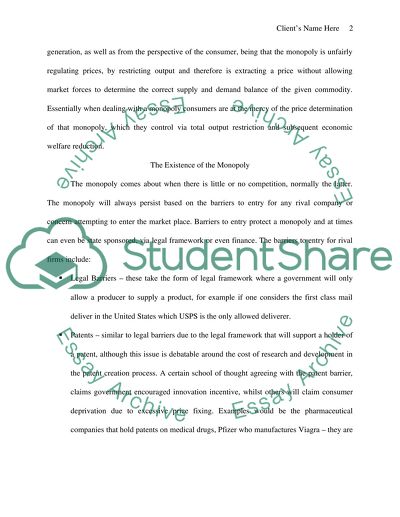Cite this document
(“Demand And Supply Case Study Example | Topics and Well Written Essays - 1750 words”, n.d.)
Retrieved from https://studentshare.org/macro-microeconomics/1484572-demand-and-supply
Retrieved from https://studentshare.org/macro-microeconomics/1484572-demand-and-supply
(Demand And Supply Case Study Example | Topics and Well Written Essays - 1750 Words)
https://studentshare.org/macro-microeconomics/1484572-demand-and-supply.
https://studentshare.org/macro-microeconomics/1484572-demand-and-supply.
“Demand And Supply Case Study Example | Topics and Well Written Essays - 1750 Words”, n.d. https://studentshare.org/macro-microeconomics/1484572-demand-and-supply.


